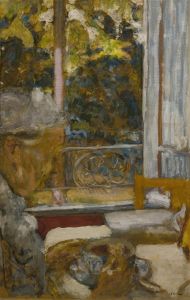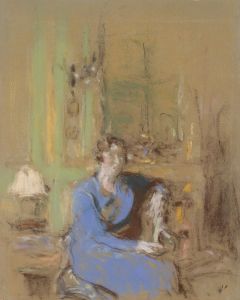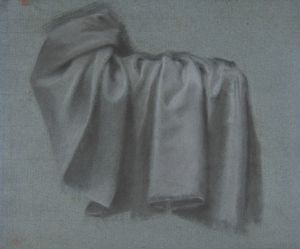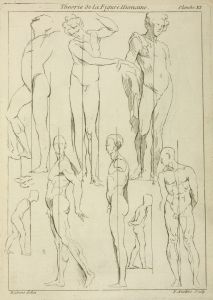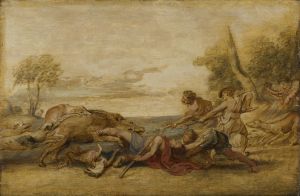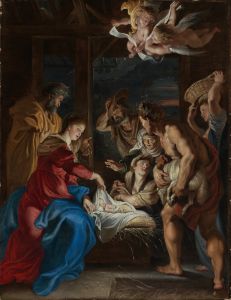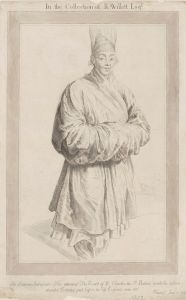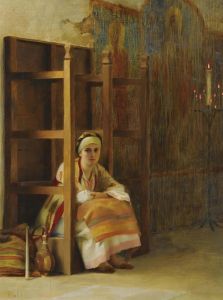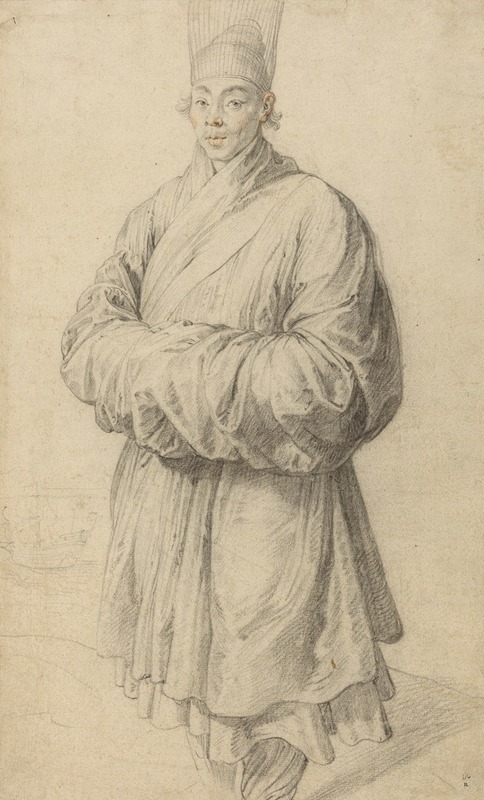
Man in Korean Costume
A hand-painted replica of Peter Paul Rubens’s masterpiece Man in Korean Costume, meticulously crafted by professional artists to capture the true essence of the original. Each piece is created with museum-quality canvas and rare mineral pigments, carefully painted by experienced artists with delicate brushstrokes and rich, layered colors to perfectly recreate the texture of the original artwork. Unlike machine-printed reproductions, this hand-painted version brings the painting to life, infused with the artist’s emotions and skill in every stroke. Whether for personal collection or home decoration, it instantly elevates the artistic atmosphere of any space.
"Man in Korean Costume" is a painting attributed to the Flemish Baroque artist Peter Paul Rubens. The artwork depicts a man dressed in what appears to be traditional Korean attire, an unusual subject for European art of the 17th century. The painting has drawn significant attention due to its unique portrayal of East Asian clothing, which was rarely depicted in Western art during Rubens' time.
The origins and context of the painting remain unclear, as there is no definitive evidence explaining why Rubens chose to depict a figure in Korean costume. Some scholars have suggested that the painting reflects Rubens' interest in global cultures and his exposure to foreign textiles and designs through trade and diplomatic exchanges. During the 17th century, Antwerp, where Rubens was based, was a major center of international commerce, and exotic goods and cultural artifacts from Asia were increasingly accessible to European artists and collectors.
The authenticity of the costume as specifically "Korean" has been a subject of debate among historians. While the clothing bears some resemblance to traditional Korean hanbok, it is not an exact match, and it is possible that Rubens' depiction was influenced by second-hand descriptions or artistic interpretations of East Asian attire rather than direct observation. There is no evidence to suggest that Rubens ever traveled to Korea or had direct contact with Korean individuals, making it likely that the painting was based on indirect sources.
The painting is often cited as an example of the growing European fascination with Asia during the early modern period. It reflects the broader cultural exchanges that were taking place as a result of increased global trade and exploration. However, due to the lack of concrete documentation regarding the painting's creation, its precise purpose and meaning remain speculative.
"Man in Korean Costume" is currently housed in the Royal Museum of Fine Arts in Antwerp, Belgium. It continues to be a subject of scholarly interest, particularly in discussions of cross-cultural representation in European art. Despite the uncertainties surrounding its origins, the painting is considered a testament to Rubens' skill in capturing the intricate details of fabric and texture, as well as his curiosity about the wider world beyond Europe.






